Tang People’s Banbi
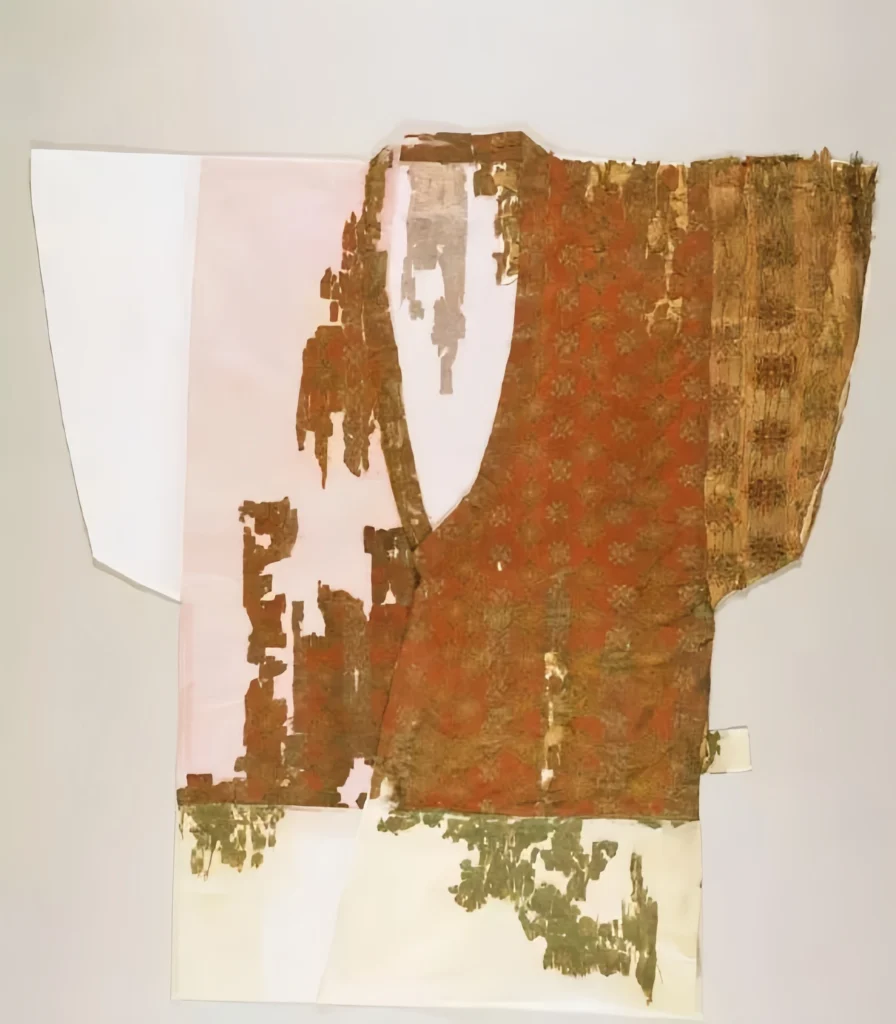
Summer heat makes wearing clothes feel like wearing “fire.”
As a result, bulky Hanfu styles aren’t ideal for daily wear anymore, and the Banbi (short-sleeve top) version has become a popular summer choice.
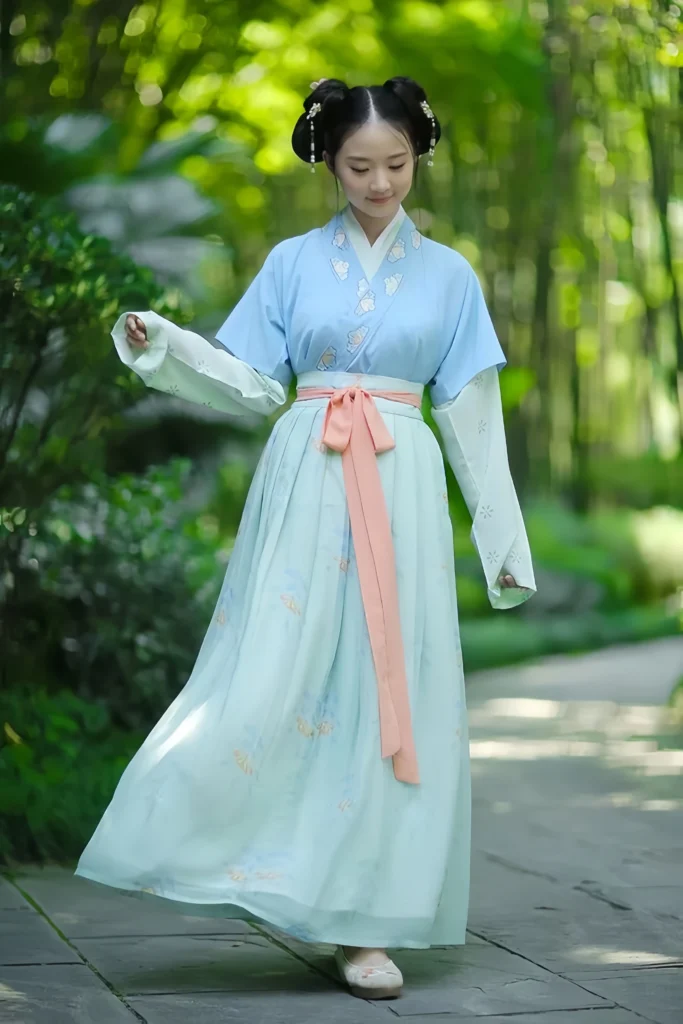
The Origin of Banbi
Ban-bi is an ancient Chinese short-sleeve top, evolving from the half-sleeves of the Han and Wei periods. With a length reaching the waist and sleeves stopping at the elbows, it was perfect for work, making it a hit among common folks.
Some scholars argue Ban-biwas originally a men’s garment, as Tang records distinguish between men’s Ban-biand women’s half-sleeves.
In Shen Congwen’s Research on Ancient Chinese Costumes, he notes: “Ban-bi, also called half-sleeve, developed from the upper Ru of the Wei and Jin eras—a collarless (or turned-collar), front-open (or pullover) short outerwear, with sleeves to the elbows and body to the waist.”
The Tang dynasty’s thriving textile industry produced “Banbi brocade,” a fabric crafted specifically for this short-sleeve top (New Tang Book reference: Tang Dynasty Textiles). Female officials wore Ban-bi with Ru skirts, and its influence spread to Japan, where the Shosoin Treasury preserves a lion-flower-bird Ban-bi . This Tang dynasty fashion icon was both practical and stylish.
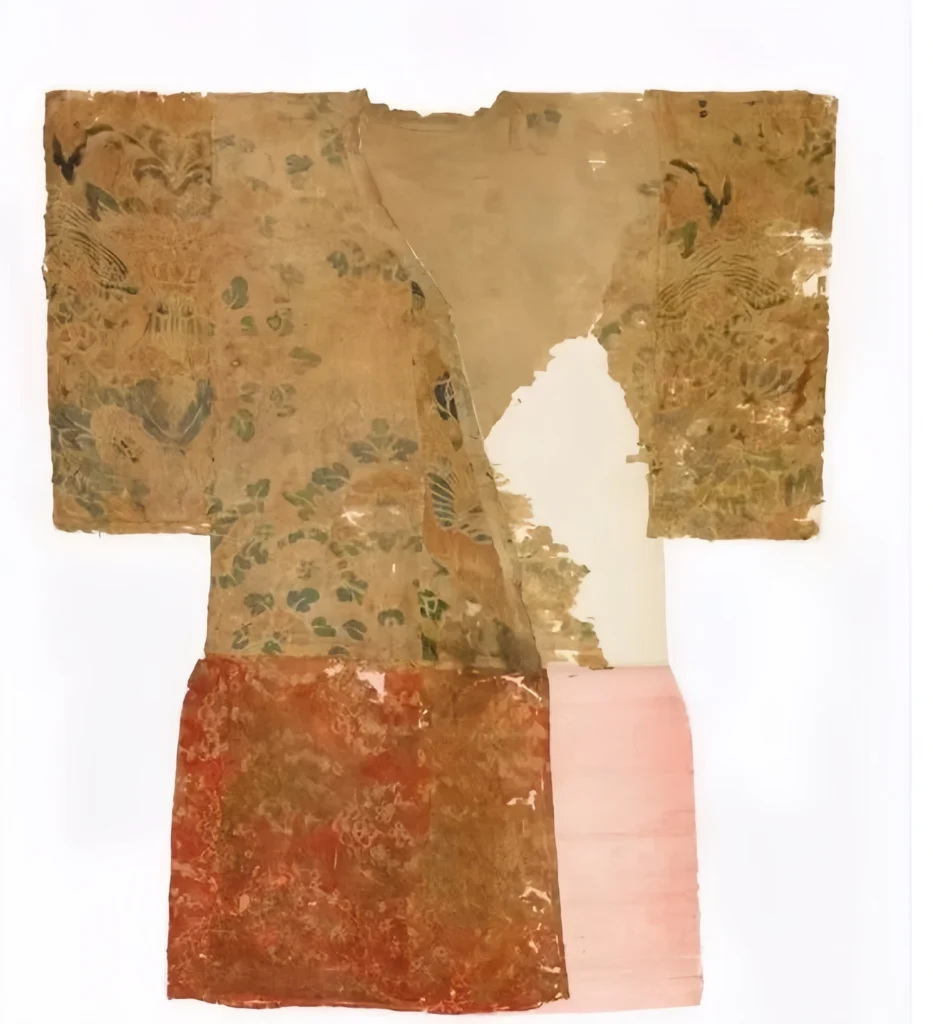
The earliest artifacts showing short-sleeve tops come from the Mashan Han Tomb and Mawangdui Tomb No. 3 wooden figures. Ban-bithen popped up widely in Sui and Tang murals and figurines.
In the Tang dynasty, Ban-biwas usually worn with long skirts, either over an outer layer or under an outer garment above the inner shirt.
It came in two styles: cross-collared or a U-shaped low neckline, some with matching patterned edges. Early Tang Ban-biwas slim and snug, mostly low-necked pullovers, but by the end of Wu Zetian’s rule, it shifted to cross-collars tied with sashes.
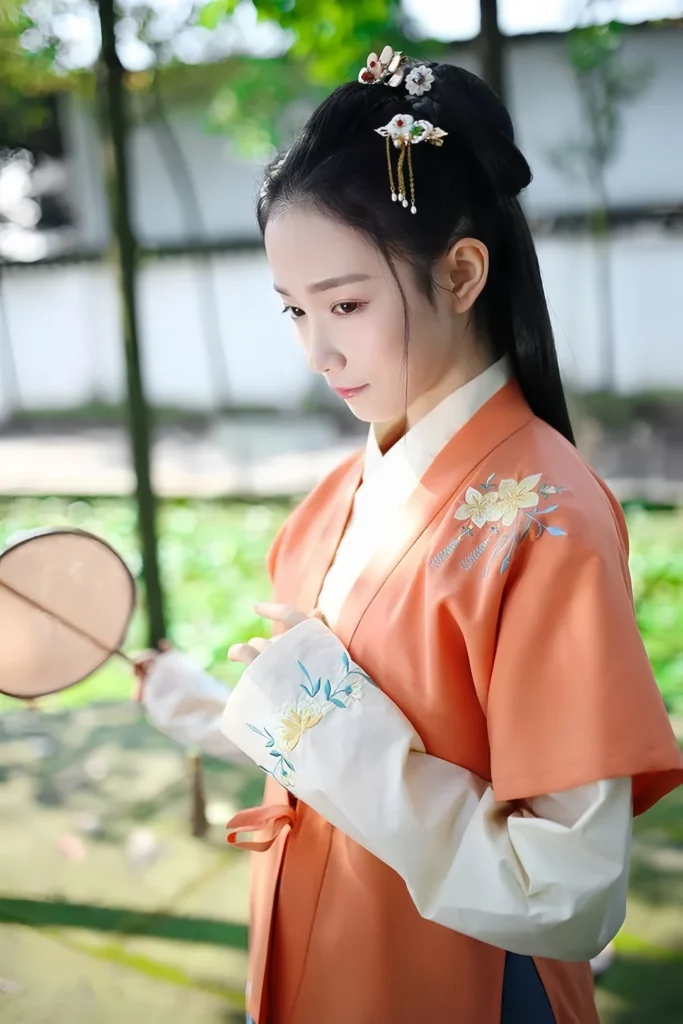
The “Odd Attire” Against Etiquette
Ban-bievolved from Han and Wei half-sleeves, influenced by “Hu” (nomadic) styles, turning into a trendy look for Tang women.
Check the holding-maid painting from Yongtai Princess’s tomb—servants with high buns wear Ban-biover long skirts, looking super modern and sharp.

Even Wei Emperor Cao Rui faced a scolding for wearing half-sleeves.
The Jin Book: Five Elements Chronicle records Cao Rui’s quirky taste—rocking embroidered hats and sheer Ban-bi, looking casual with ministers. The blunt minister Yang Fu couldn’t stand it and asked, “What etiquette backs your half-sleeve?” Even the fiery Cao Rui had no comeback.
Later, in Tang, Ma Hao’s Notes on Ancient and Modern China mentions Minister Ma Zhou suggesting, “Add Ban-biover the inner layer for proper form.” And Fang Guan’s household rules banned Ban-bi. So, despite its popularity in Tang, it wasn’t seen as fitting traditional norms.
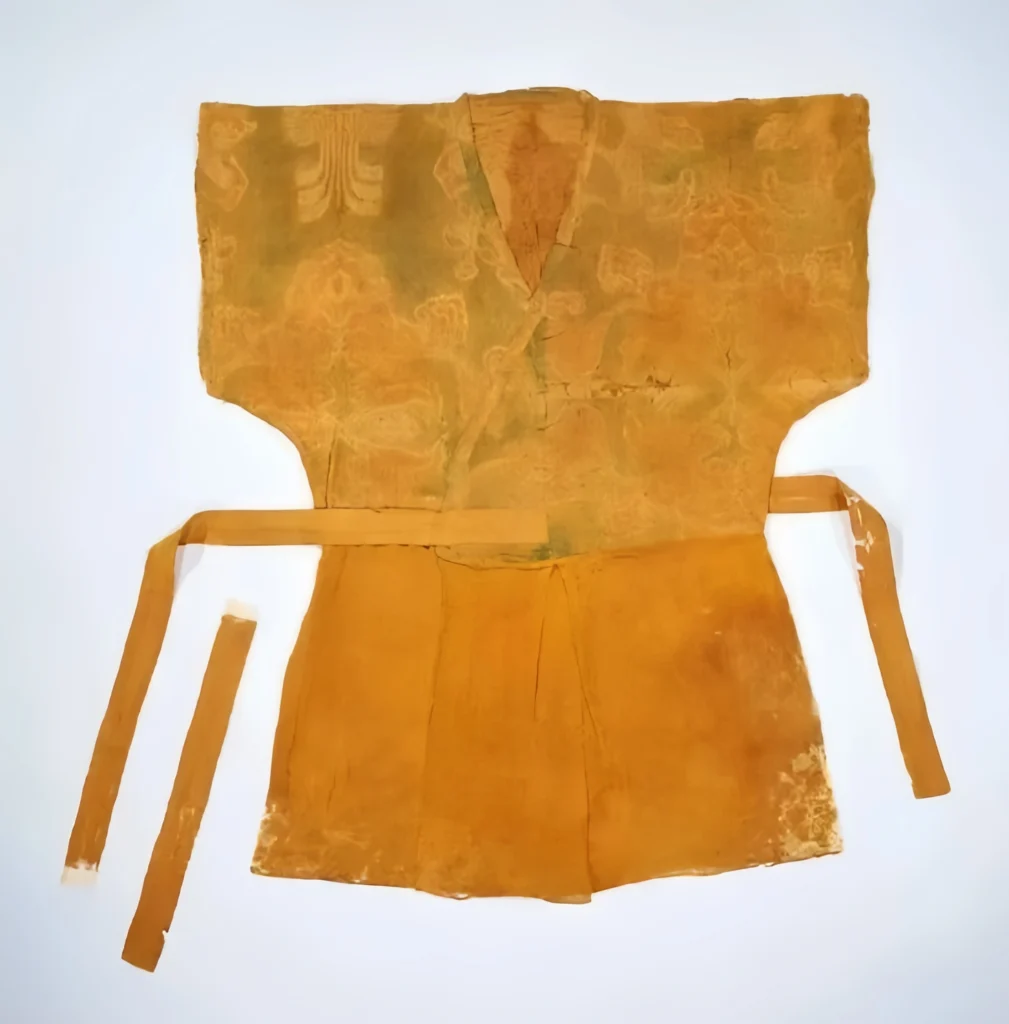
Tang People’s Banbi Kingdom
Tang’s textile industry thrived, with many brocades unearthed, including “Ban-bibrocade” mentioned in the New Tang Book—a fabric made just for Ban-bi. Though few originals survive, early and peak Tang records show it was big among the elite, with the Old Tang Book: Clothing System noting “female officials in Ban-bi, Ru skirts.”
As a Tang hit, Ban-bieven spread abroad.
See the colored lion-flower-bird Ban-bi in Japan’s Shosoin Treasury—its patterns scream Japanese flair, but the style is pure Tang. Most Tang Ban-bi artifacts are lost, with Japan preserving some rare pieces.

Banbi boomed in early Tang, tied to the trend of short-sleeve tops.
After the peak Tang into late Tang, clothes grew looser with big-sleeve outer shirts, pushing Banbi indoors. Its use shrank during this time.
In the Song dynasty, Banbi stayed fashionable but moved out of everyday wear—men, women, and kids wore it casually.
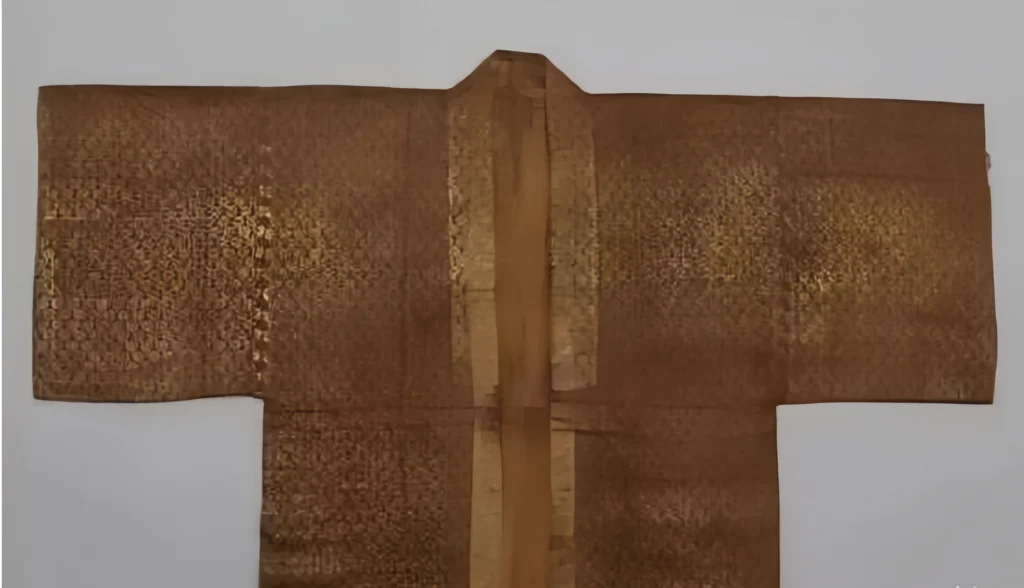
The Tonghua Record by San Yi of Southern Song notes: “Recently, a style like a spinning jacket, waist-length, sleeves to the elbows, made of thick silk, lined or padded, edged with purple or black, called marten sleeves”—that’s Banbi.
In the Yuan dynasty, Banbi stayed popular, adding decorations for a lavish look.
Yuan women loved Banbi in cotton or lined versions, also called half-sleeve jackets.
Unlike the slim Sui-Tang half-sleeves, these were wider, worn over sleeved shirts or narrow robes.


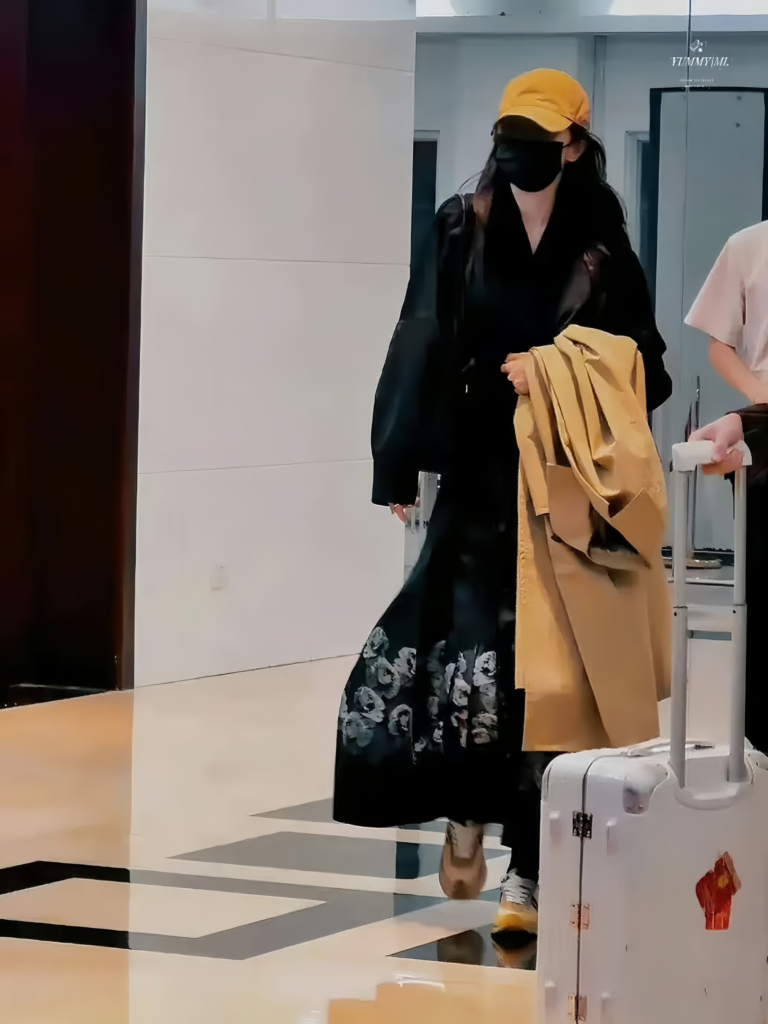

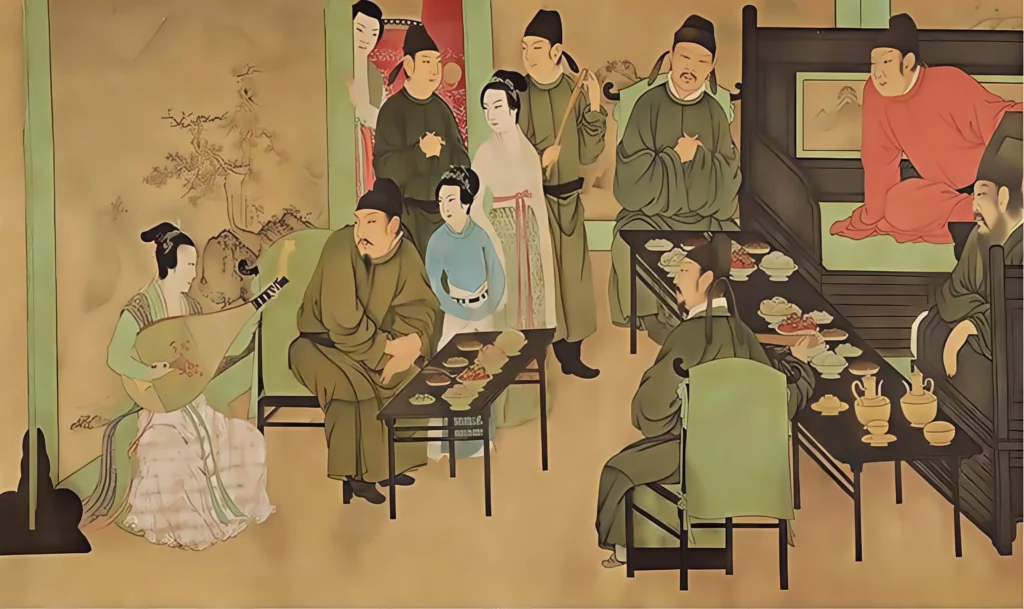
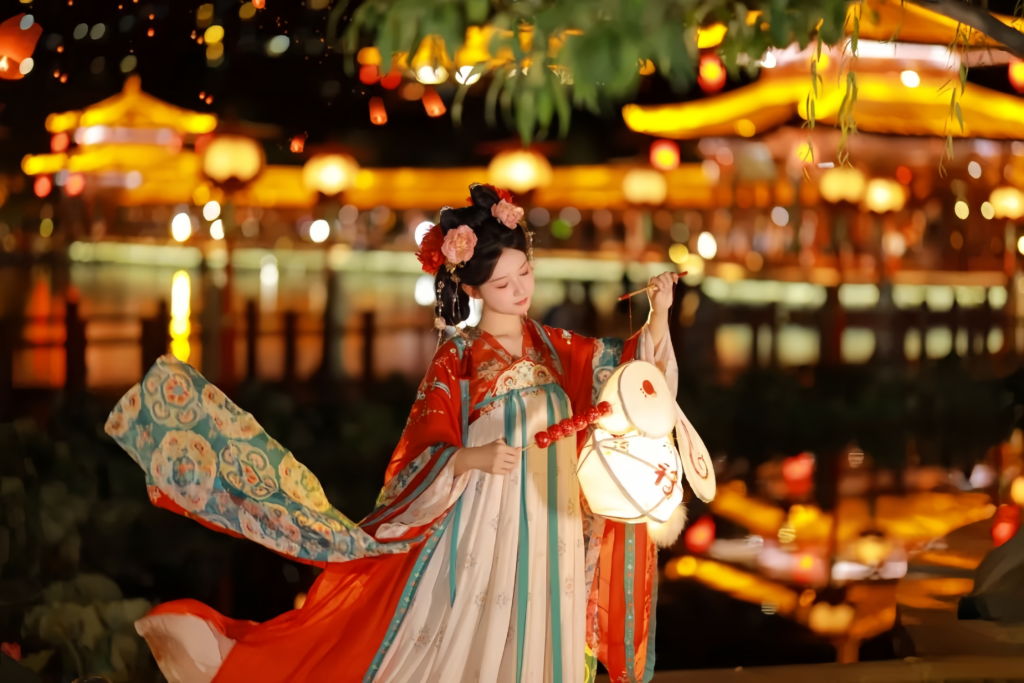
Responses